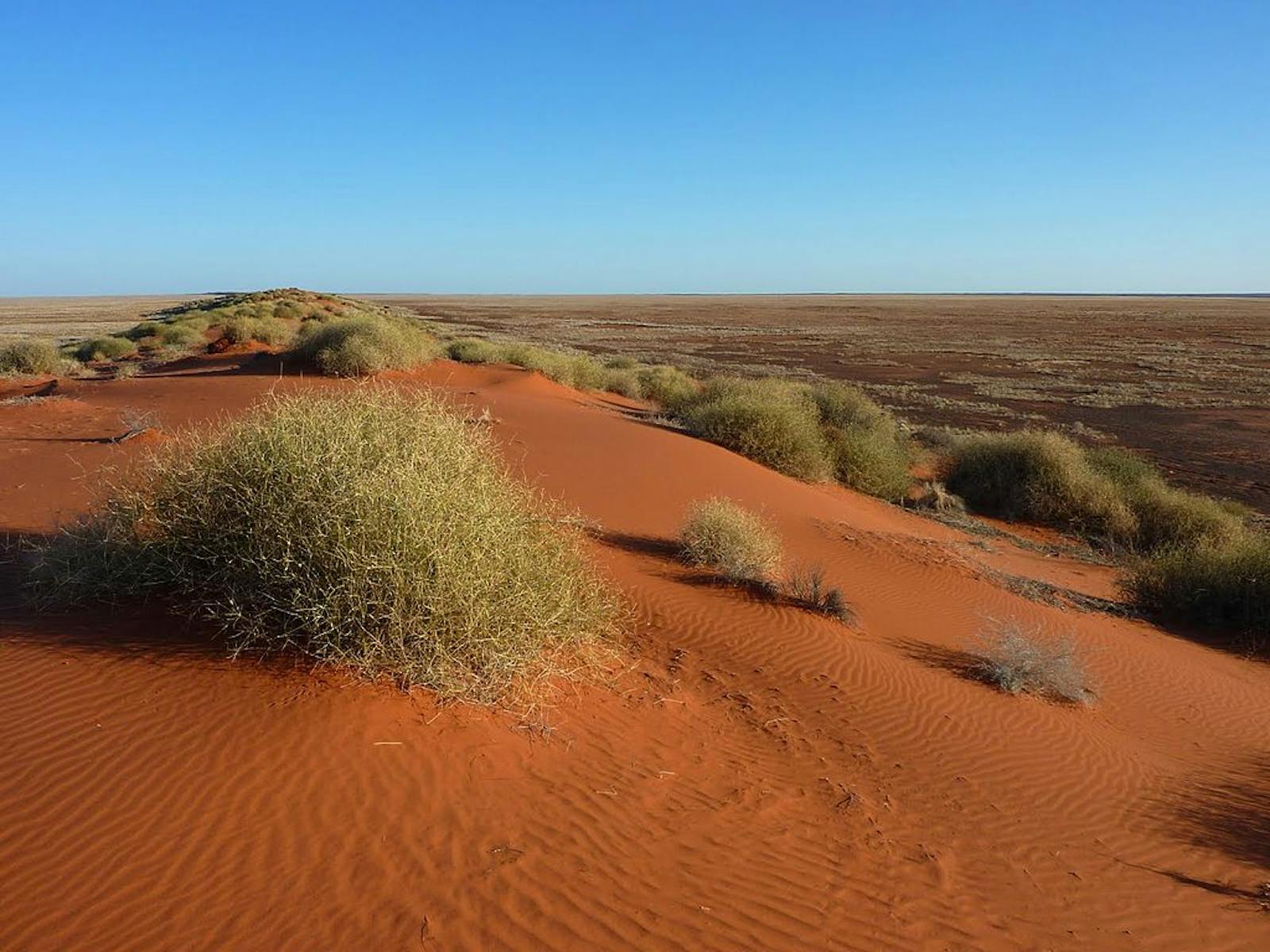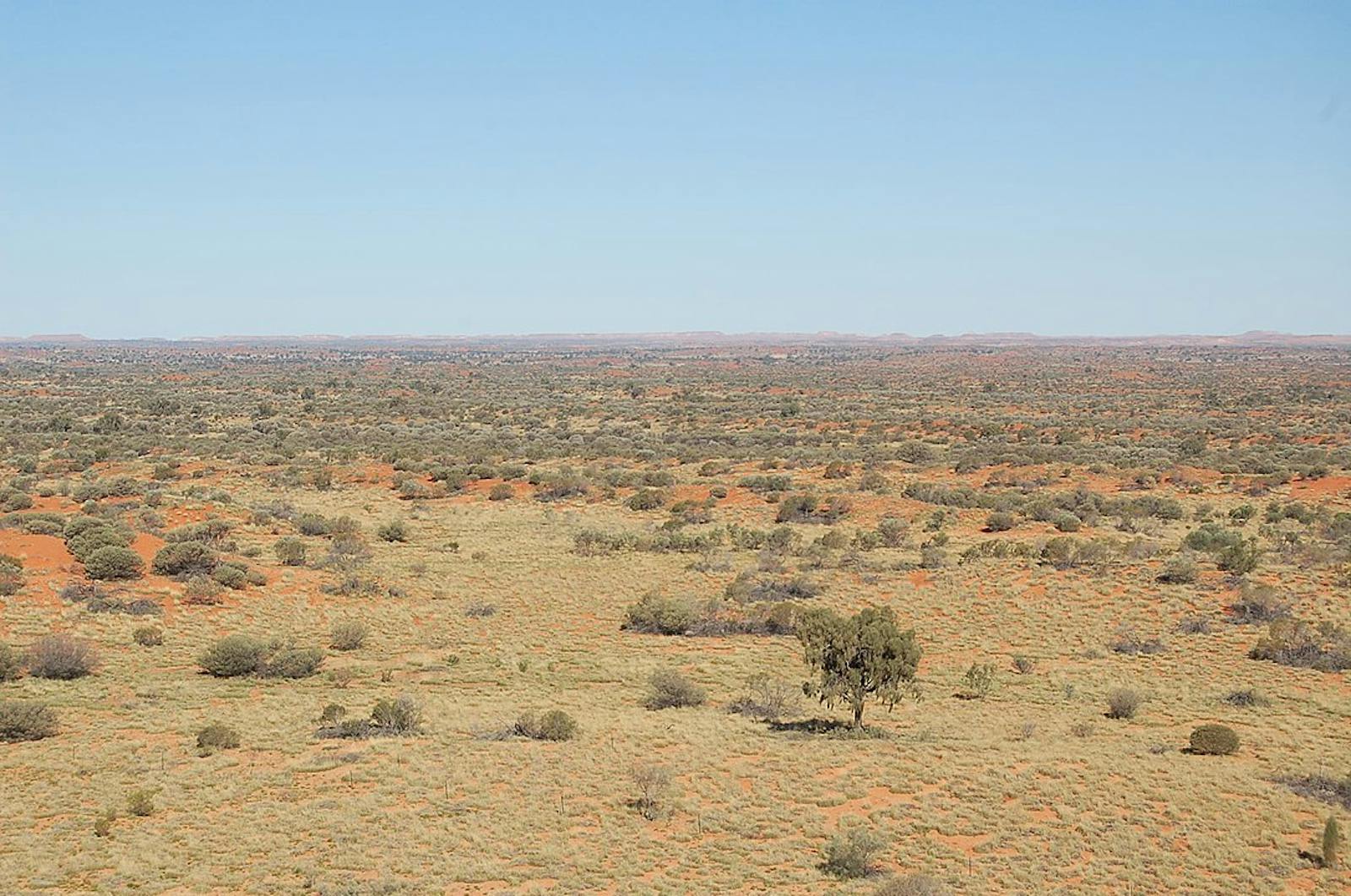Simpson Desert
The ecoregion’s land area is provided in units of 1,000 hectares. The conservation target is the Global Safety Net (GSN1) area for the given ecoregion. The protection level indicates the percentage of the GSN goal that is currently protected on a scale of 0-10. N/A means data is not available at this time.
Bioregion: Greater Australian Interior Desert & Shrublands (AU7)
Realm: Australasia
Ecoregion Size (1000 ha):
58,633
Ecoregion ID:
214
Conservation Target:
82%
Protection Level:
3
States: Australia
The Simpson Desert shifts, at times, from a very arid landscape to very wet, ephemeral lakes filled with birds after rare floods. The grey grasswren, a medium sized bird with distinctive black-and-white facial markings and a very long tail, is a rare resident of grass-filled floodplains. Lake Eyre, Australia’s largest lake is one of many seasonal, semi-saline wetlands that are characteristic of this desert ecoregion. When the lakes are filled with flood waters about every eight years, thousands of pelicans, banded stilts, red-necked avocets, pink-eared ducks, and other waterbirds arrive for a season of feeding and breeding in the rich, ephemeral waters.
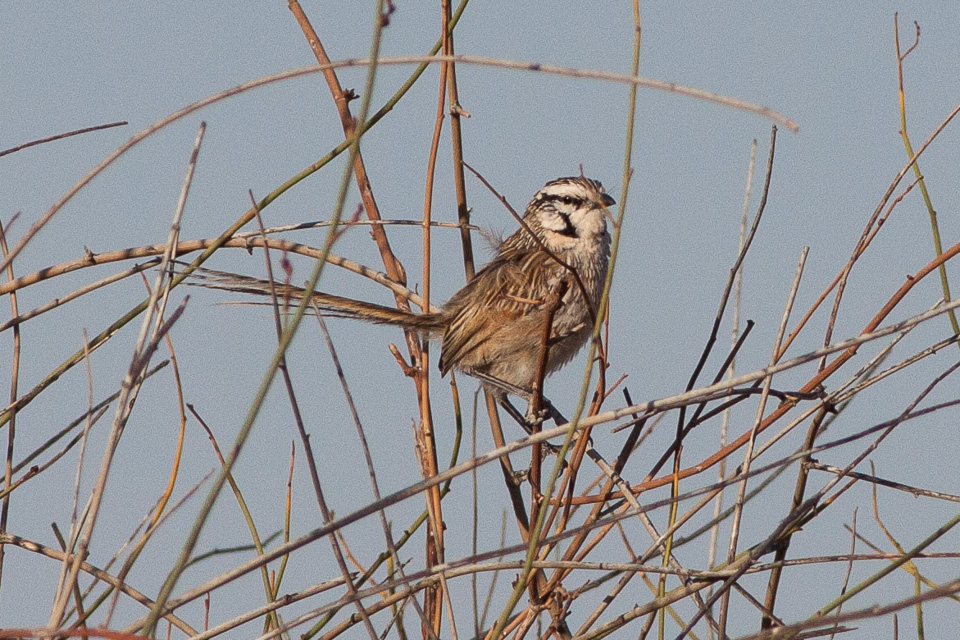
The flagship species of the Simpson Desert ecoregion is the grey grasswren. Image credit: Creative Commons
The ecoregion has low relief characterized by flood and alluvial plains, ephemeral lakes and claypans surrounded by ephermeral herblands of samphire (Halosarcia spp.), artisanal mound springs, dunefields, gently undulating stony plains, and low eroded ranges and mesas. Drought resistant shrubs and grasses predominate, especially sandhilll canegrass (Zygochloa paradoxa) that holds dunes together, and Triodia spinifex and gidgee (Acacia geoginea) or coolibah woodlands on the relatively stable sandy desert floor between the dunes.
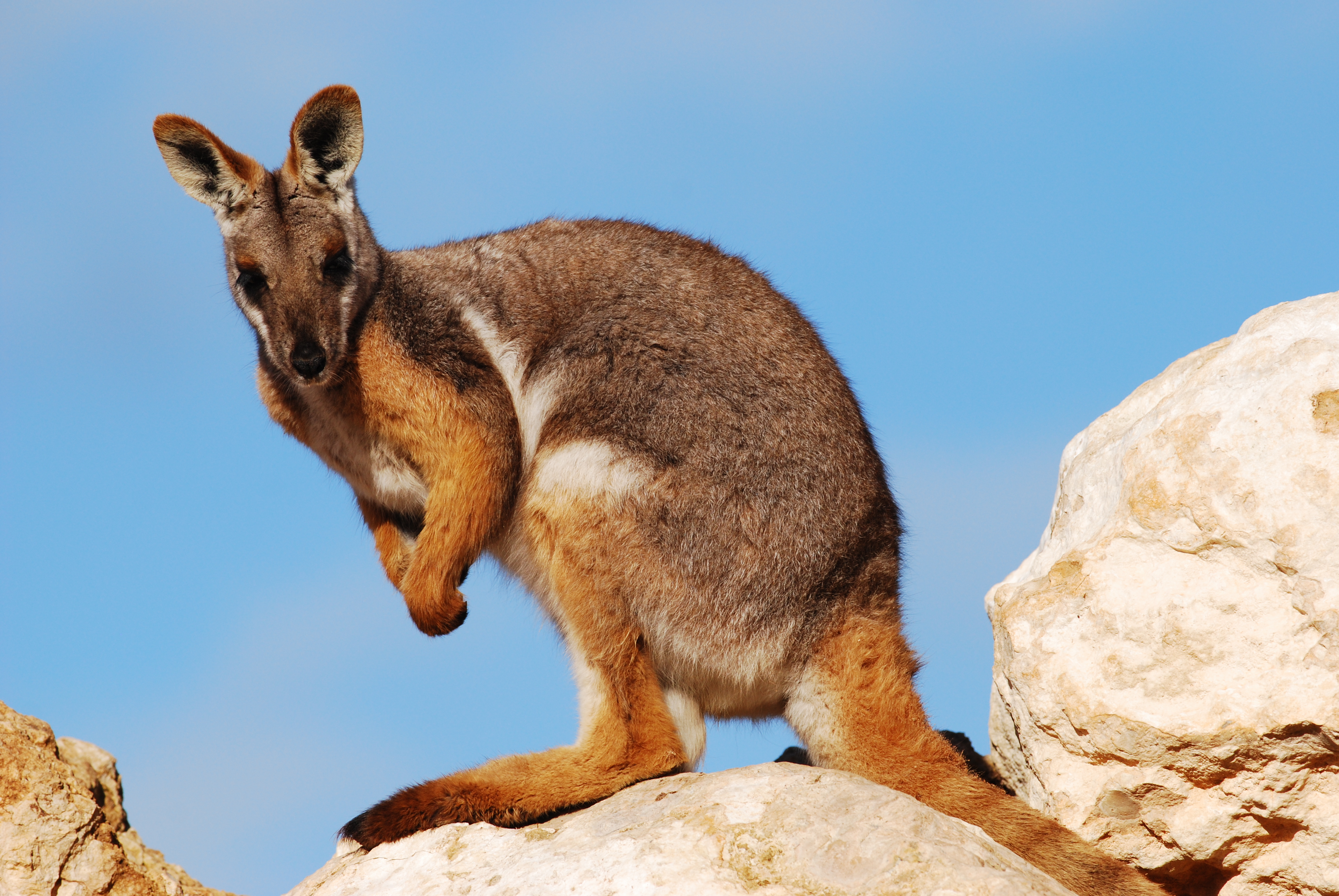
Yellow-footed rock wallaby. Image credit: Creative Commons
The ecoregion has a recorded 34 native mammals, 231 birds, 22 amphibians, 13 fish, and 125 reptile species. The Simpson Desert has a relatively high fauna species richness compared to other arid zone regions in Australia, possibly due to the proximity of large areas of floodplains to an array of other more arid habitat types. Endemic species include the grey grasswren (Amytornis barbatus) and the kowari (Dasycercus byrnei), a small, tuft-tailed marsupial predator. Thirteen plants and many reptile species are endemic. Dunnarts, bilby, mulgara and kowari, ampurta, dingos, and other fauna tend to be nocturnal to escape the heat.
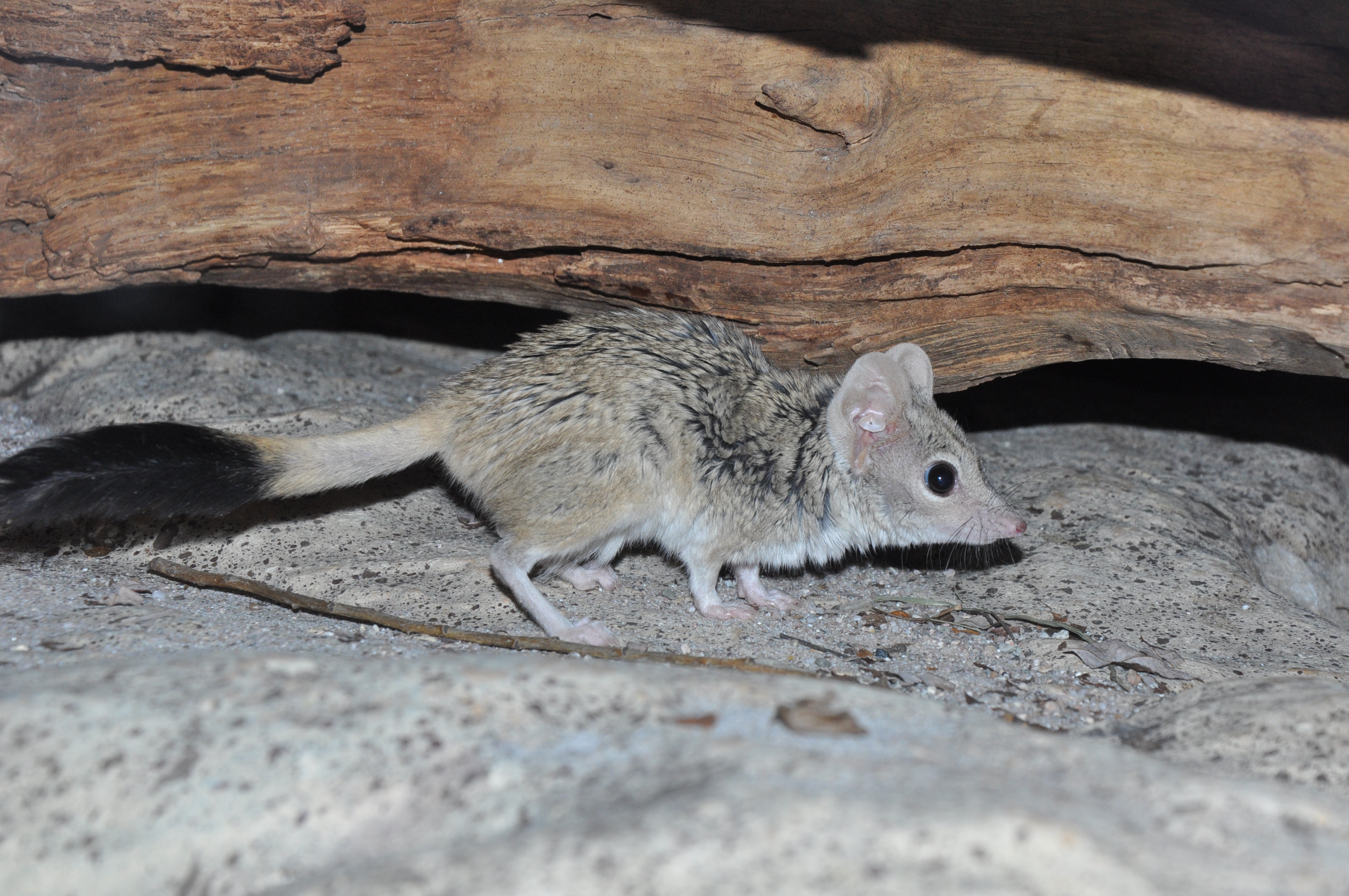
Kowari. Image credit: Elias Neideck, Creative Commons
Much of the habitat is relatively intact, though waterholes and breeding sites for some wildlife have been damaged by livestock grazing in places. The presence of introduced pigs, cats, dogs, foxes, goats, and rabbits degrade habitat and prey directly on native wildlife. Fourteen percent of the total mammalian fauna are considered regionally or globally threatened, including the greater bilby (Macrotis lagotis), hairy-footed dunnart (Sminthopsis hirtipes), dusky hopping mouse (Notomys fuscus), mulgara (Dasycercus cristicauda), kowari, yellow-footed rock wallaby, night parrot, grey falcon, and letter-winged kite. There are several protected areas, including Simpson Desert Conservation Park and Kati Thanda-Lake Eyre National Park. Nevertheless, significant wetlands in the northern part of this arid ecoregion remains poorly managed.
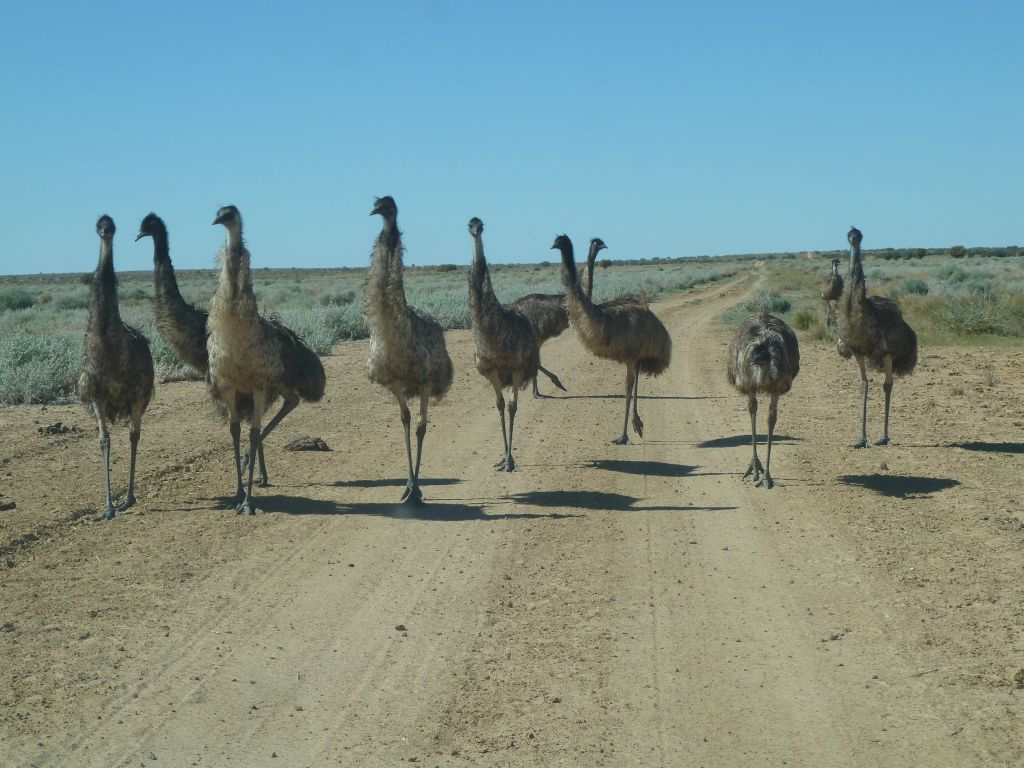
Emus in Simpson Desert. Image credit: Paul Flemons, Creative Commons
The priority conservation actions for the next decade are to: 1) strengthen programs to control the feral pig population, which heavily damage habitat and prey on wildlife; 2) strengthen program to manage feral predators such as cats, dogs, and foxes; and 3) test further biological control agents like the Calici virus to control rabbit populations and reduce their impacts on habitat and native wildlife.
Citations
Department for Environment and Water, Government of South Australia. 2019. Munga-Thirri–Simpson Desert Conservation Park and Munga-Thirri–Simpson Desert Regional Reserve Management Plan 2019.
Department of Environment, Water and Natural Resources, Government of South Australia. 2013. Simpson Desert Regional Reserve and Conservation Park. Accessed 1 June 2019 at http://www.diamantina.qld.gov.au/documents/41004266/43590853/simpsondesertbrochure.pdf.
McFarland, D. 1992. Fauna of the Channel Country Biogeographic Region, South-west Queensland. Unpublished report to Department of Environment and Heritage.
